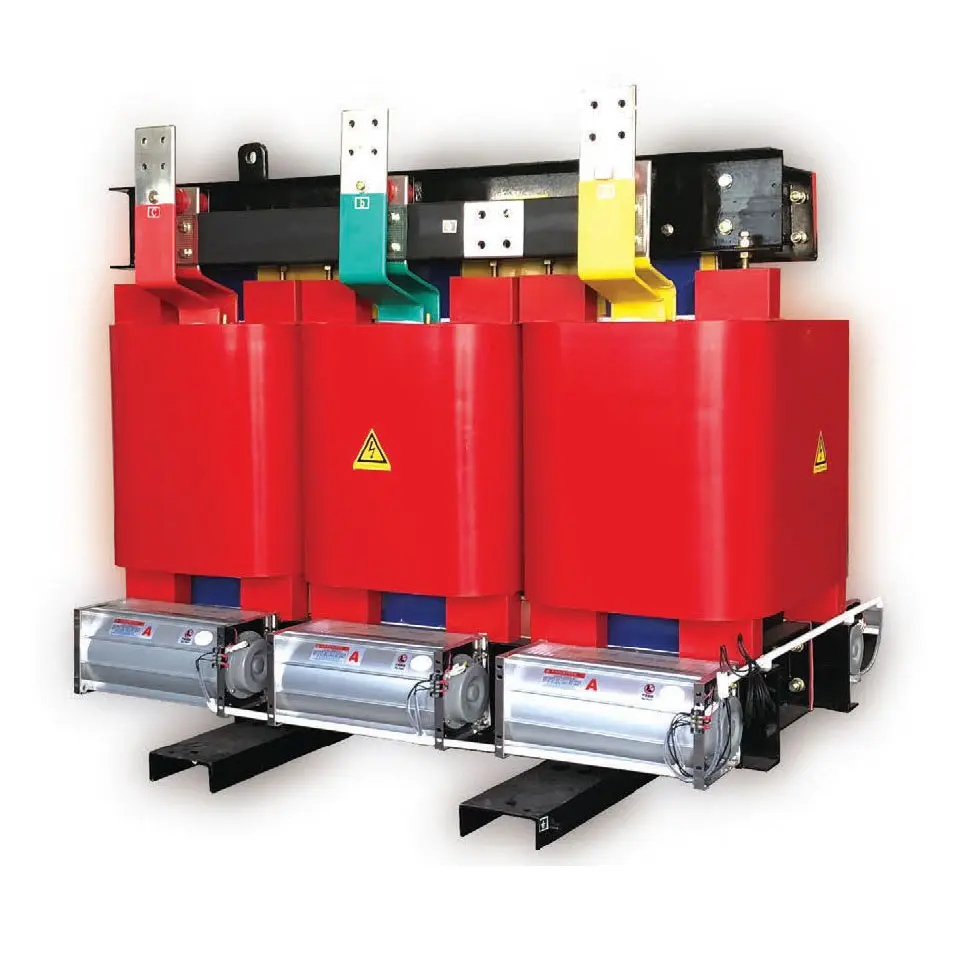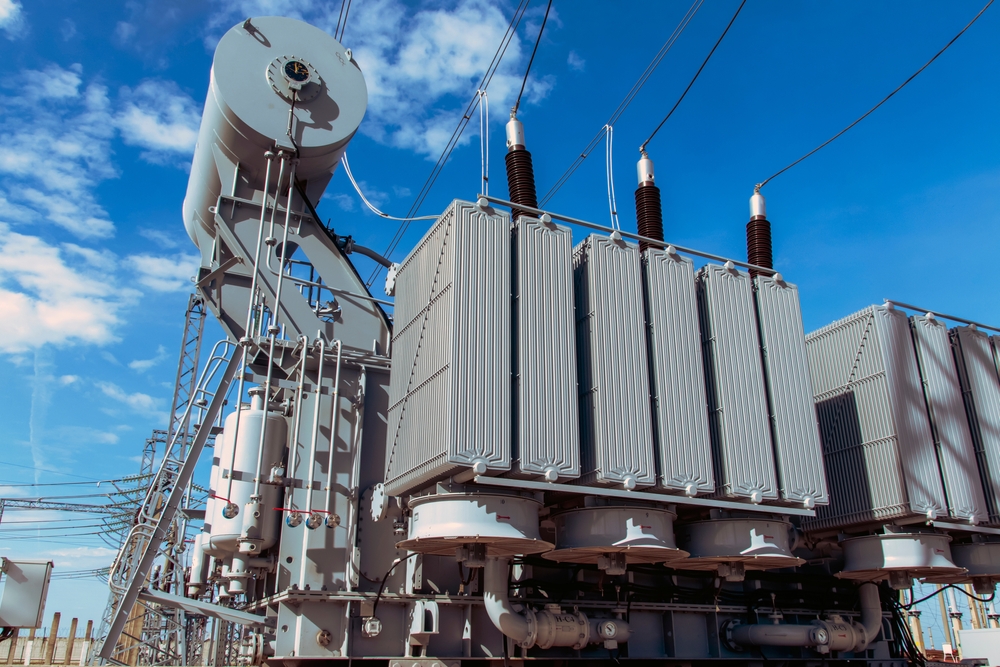An amorphous core transformer is a type of dry type power transformer that uses a core made of amorphous metal alloys. Amorphous metal alloys, also known as metallic glasses, have a disordered atomic structure, unlike crystalline metals which have a regular lattice structure.

The amorphous core is typically made of thin ribbons or strips of the amorphous alloy, which are tightly wound to form the core. The use of amorphous material in the core helps to reduce energy losses and increase the efficiency of the transformer.Amorphous core transformers are known for their high energy efficiency and are commonly used in various applications, including power generation, transmission, and distribution systems. They are particularly effective in situations where energy efficiency is a priority, such as in green buildings or renewable energy systems.In addition to their energy-saving benefits, amorphous core transformers are also often compact, lightweight, and have reduced noise levels compared to traditional transformers. However, they are generally more expensive than conventional transformers due to the cost of the amorphous core material.

Amorphous core transformers help in energy conservation primarily through their high energy efficiency. The amorphous metal alloy used in the core has lower hysteresis losses and eddy current losses compared to the traditional silicon steel cores used in conventional transformers.
Hysteresis losses occur as the core material magnetizes and demagnetizes with each alternating current cycle, resulting in energy loss. The amorphous metal alloy has a low coercivity, meaning it requires less energy to magnetize and demagnetize, thus reducing hysteresis losses.
Eddy current losses occur when the magnetic field produced by the transformer induces currents in the metal core, which dissipate as heat. The amorphous metal alloy has a high resistivity, reducing the magnitude of eddy currents and minimizing these losses.
By minimizing hysteresis losses and eddy current losses, amorphous core transformers can achieve energy efficiencies of up to 98%, which means less energy is wasted in the conversion and transmission of electrical power. This improved efficiency contributes to energy conservation by reducing overall energy consumption and associated greenhouse gas emissions.
Additionally, the compact and lightweight nature of amorphous core transformers allows for easier integration into power systems, optimizing space utilization and reducing material requirements. Reduced noise levels also contribute to the overall improvement in energy conservation efforts by minimizing disturbances and enhancing the comfort of the surrounding environment.
Post time: Jul-06-2023

